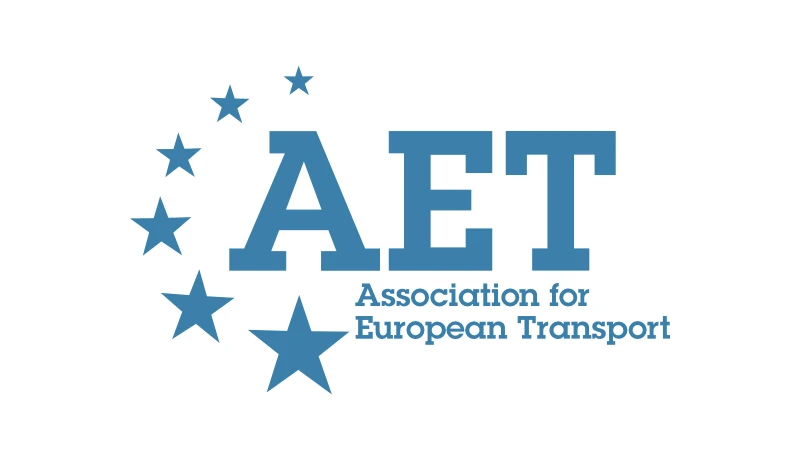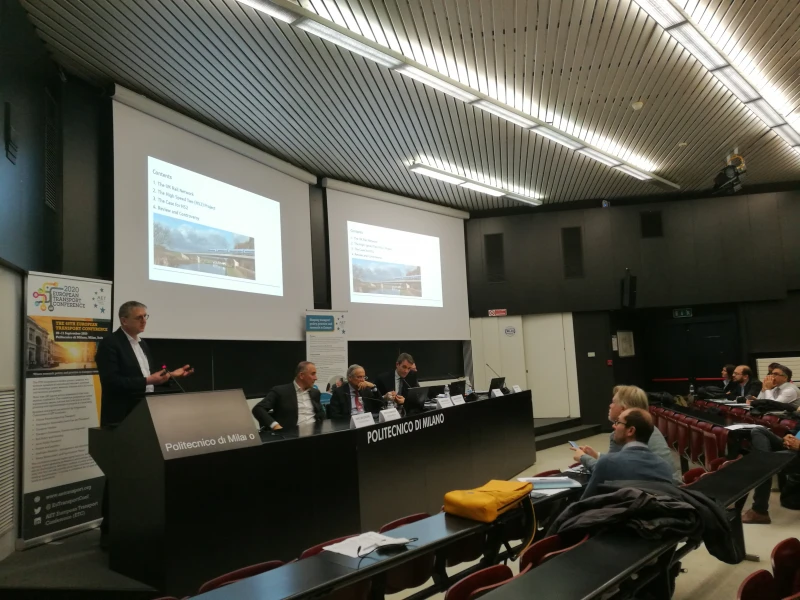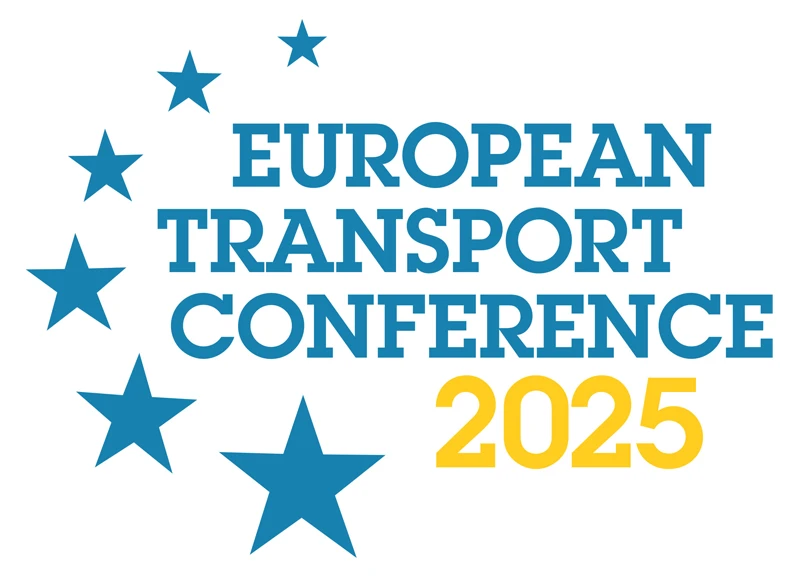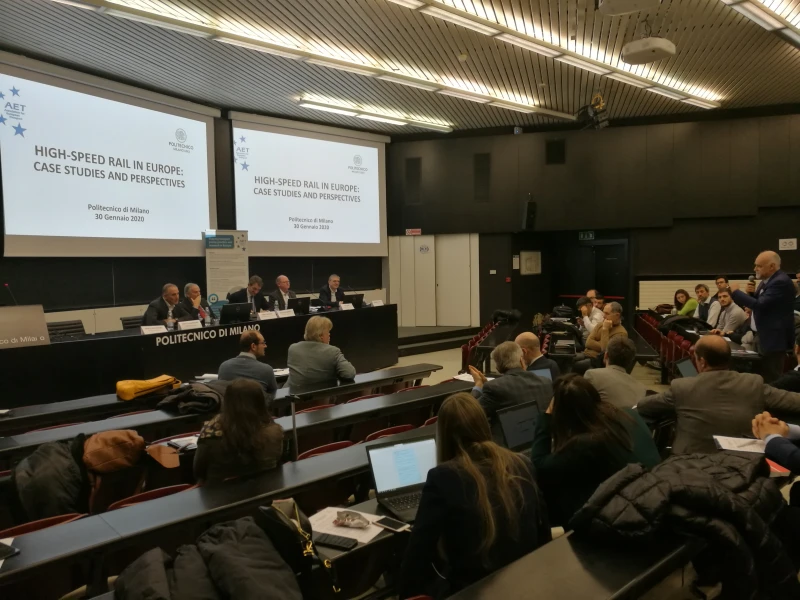-
Past ETC Papers
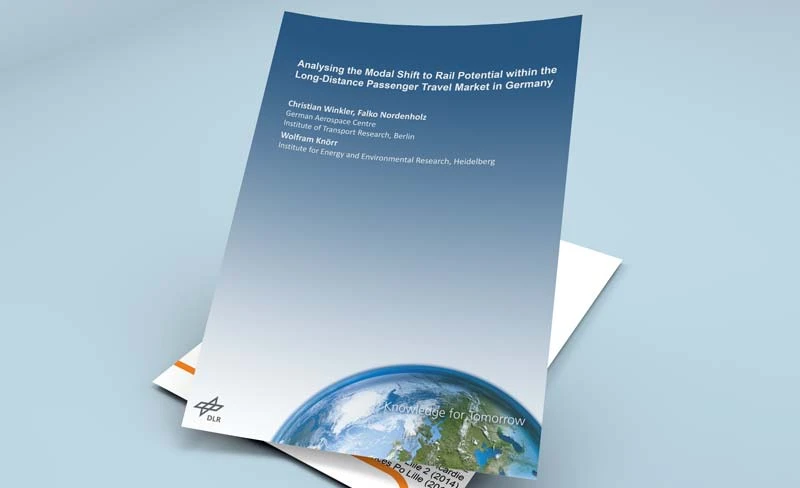
Browse, search and view papers from the past AET Conferences.
-
Members' Area
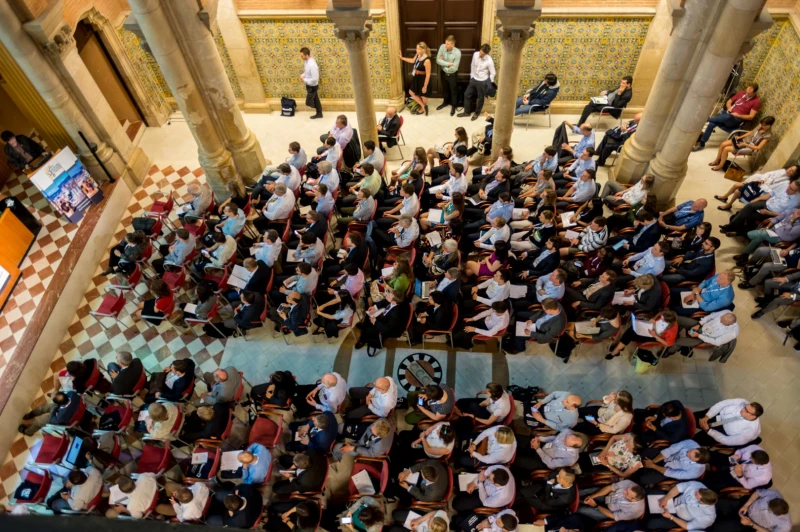
AET promotes networking and exchange of ideas, information and opportunities amongst members.
Conference Papers 2009
Noordwijkerhout, Netherlands
ETC Conference Papers 2009
A sustainable tourism mobility passage
Seminar
Day 1 (5 Oct 2009), Leisure and Tourism Transport, Transport in Tourist Destinations, 11:00 - 13:00
Status
Accepted, documents submitted
Authors
D H P Verbeek, A Bargeman, J T Mommaas, Tilburg University, NL
Short abstract
By considering whether the Alpine Pearls association has accomplished to develop services for environmental-friendly travelling to and in these villages, this paper points to factors that complicate the sustainable development of Alpine holidays.
Abstract
The European Alpine region is an important tourism destination that at the same time is faced with environmental challenges. In aiming for a sustainable development of Alpine tourism (i.e. environmental-friendly, profitable and high-quality) tourism boards and municipalities of 22 villages cooperate in the Alpine Pearls (AP) association. The main goal of the Alpine Pearls association is to develop an integrated, continuous passage for sustainable tourism mobility. It is devoted to improve the possibilities for environmental-friendly travelling to, between and in the network of Alpine Pearls villages. This paper is focused on whether and how this green ?passage? (Peters, 2006) enables tourists to travel smooth, problem-free and environmental-friendly to and in the Alpine region. The following research question will be answered: ?To what extent is the Alpine Pearls holiday, positioned as a green passage, truly a passage for environmental-friendly travelling, and what obstructs the creation of a sustainable tourism mobility passage??
To analyse the Alpine Pearls holiday, we use a theoretical framework based on the Social Practices Approach (SPA). SPA focuses on social practices and on consumption junctions herein where end-users meet the structure of provision. It offers a contextual approach to consumption behaviour (Spaargaren, 1997; 2003; Spaargaren & Van Vliet, 2000). Here, the dynamics between travellers and providers of sustainable tourism and travel services along the green passage of the Alpine Pearls holiday are our main interest.
Data have been gathered through participant observation and interviews. Whereas participant observation considers everything that happens in time-space settings, processes outside time-space settings that do influence the setting have been revealed through interviews with informants.
By considering whether the AP association has accomplished to develop services for Alpine Pearls holidays and for environmental-friendly travelling to and in these villages, this paper will point to some factors that might complicate the sustainable development of holidays in the Alpine region. One conclusion is that, in creating a passage for environmental-friendly Alpine holidays, the Alpine Pearls association is confronted with the nationally-organised railway infrastructures, and the sectorially-organised tourism industry.
References
Peters, P. (2006). Time, Innovation and Mobilities. Travel in technological cultures. Oxon, New York: Routledge.
Spaargaren, G. (1997). The Ecological Modernization of Production and Consumption. Essays in Environmental Sociology. Wageningen: Wageningen University Press.
Spaargaren, G. (2003). Sustainable consumption: A Theoretical and Environmental Policy Perspective. Society and Natural Resources, 16(8): 687-702.
Spaargaren, G. & Van Vliet, B. (2000). Lifestyles, Consumption and the Environment; the ecological modernization of domestic consumption. Environmental politics, 9(1): 50-76.
Documents:
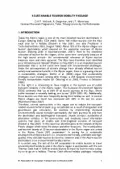
Association For
European Transport
Forester House
Doctors Lane
Henley-in-Arden
Warwickshire, UK
B95 5AW
+44 (0) 15 64 793552
VAT number: 710 1866 64
Conference Supporters & Endorsers

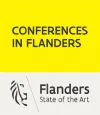


Legal Entity
The Association for European Transport is registered as an Association ('vereniging') with the Chamber of Commerce for Haaglanden in The Netherlands under company number 27170096.
Built on Zenario

